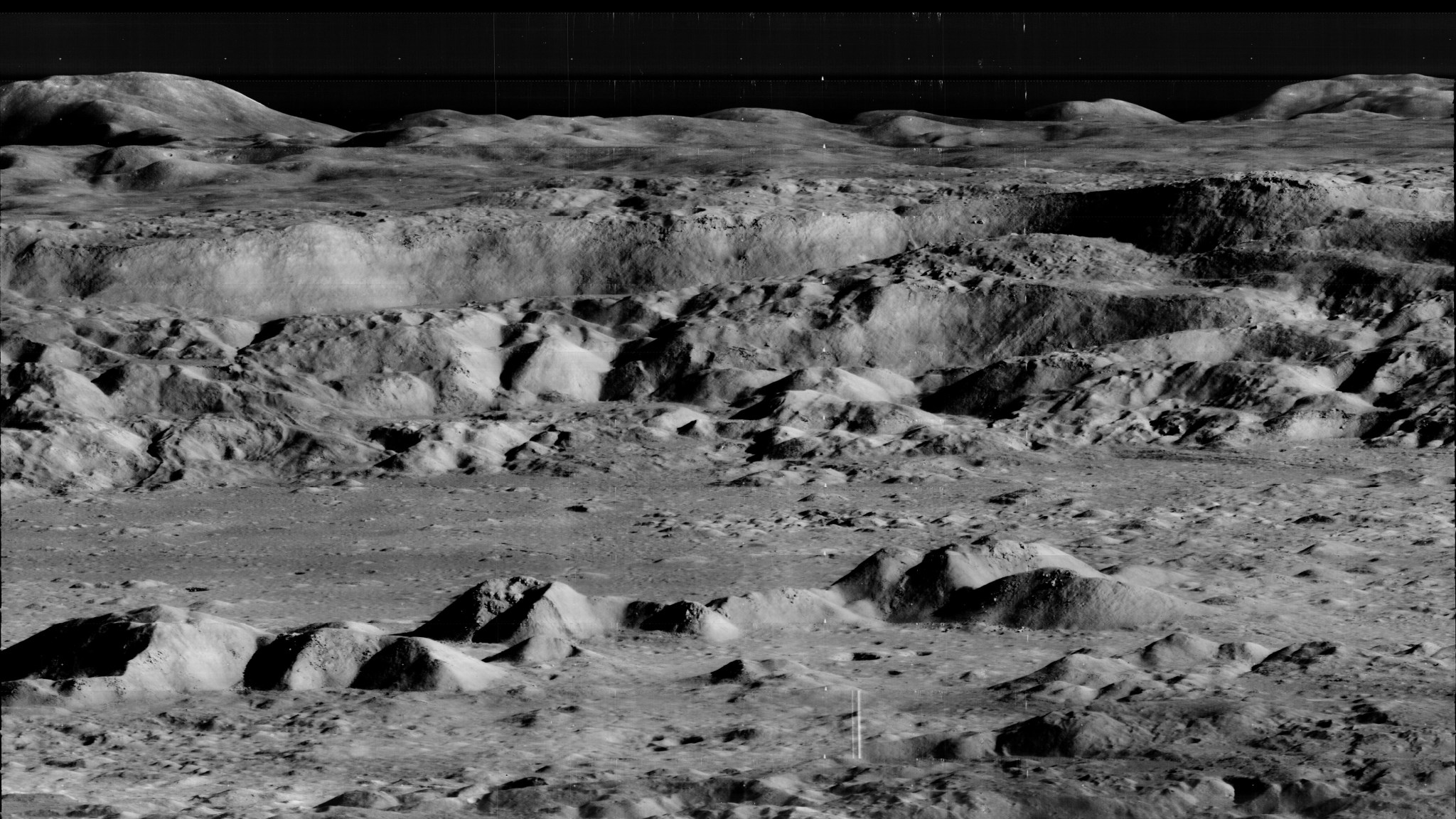Lunar Orbiter Program
Five Lunar Orbiter missions mapped the Moon before the Apollo landings.
Mission Type
No. of Missions
First Launch
Final Mission
The Lunar Orbiter Program
| Spacecraft | Launch Date | Purpose | Results |
|---|---|---|---|
| Lunar Orbiter 1 | Aug 10, 1966 | Apollo Landing Site Survey | Successful |
| Lunar Orbiter 2 | Nov 6, 1966 | Apollo Landing Site Survey | Successful |
| Lunar Orbiter 3 | Feb 5, 1967 | Apollo Landing Site Survey | Successful |
| Lunar Orbiter 4 | May 4, 1967 | Lunar Mapping | Successful |
| Lunar Orbiter 5 | Aug 1, 1967 | Lunar Mapping / High-Resolution Survey | Successful |
Lunar Orbiters photographed 99% of the Moon. The first three missions focused on imaging 20 potential Apollo lunar landing sites. These were flown at low inclination orbits. The final two missions were flown at high altitude polar orbits.
The orbiters carried a dual-lens camera, a film processing unit, a readout scanner, and a film-handling apparatus. Both lenses placed their exposures on a single roll of 70 mm film. The film was moved during exposure to compensate for the spacecraft velocity, which was estimated by an optical sensor. The film was then processed, scanned, and the images transmitted back to Earth.
Lunar Orbiter 4 photographed the entire nearside and 95% of the farside. Lunar Orbiter 5 completed the farside coverage and took more detailed images of 36 key areas.




























